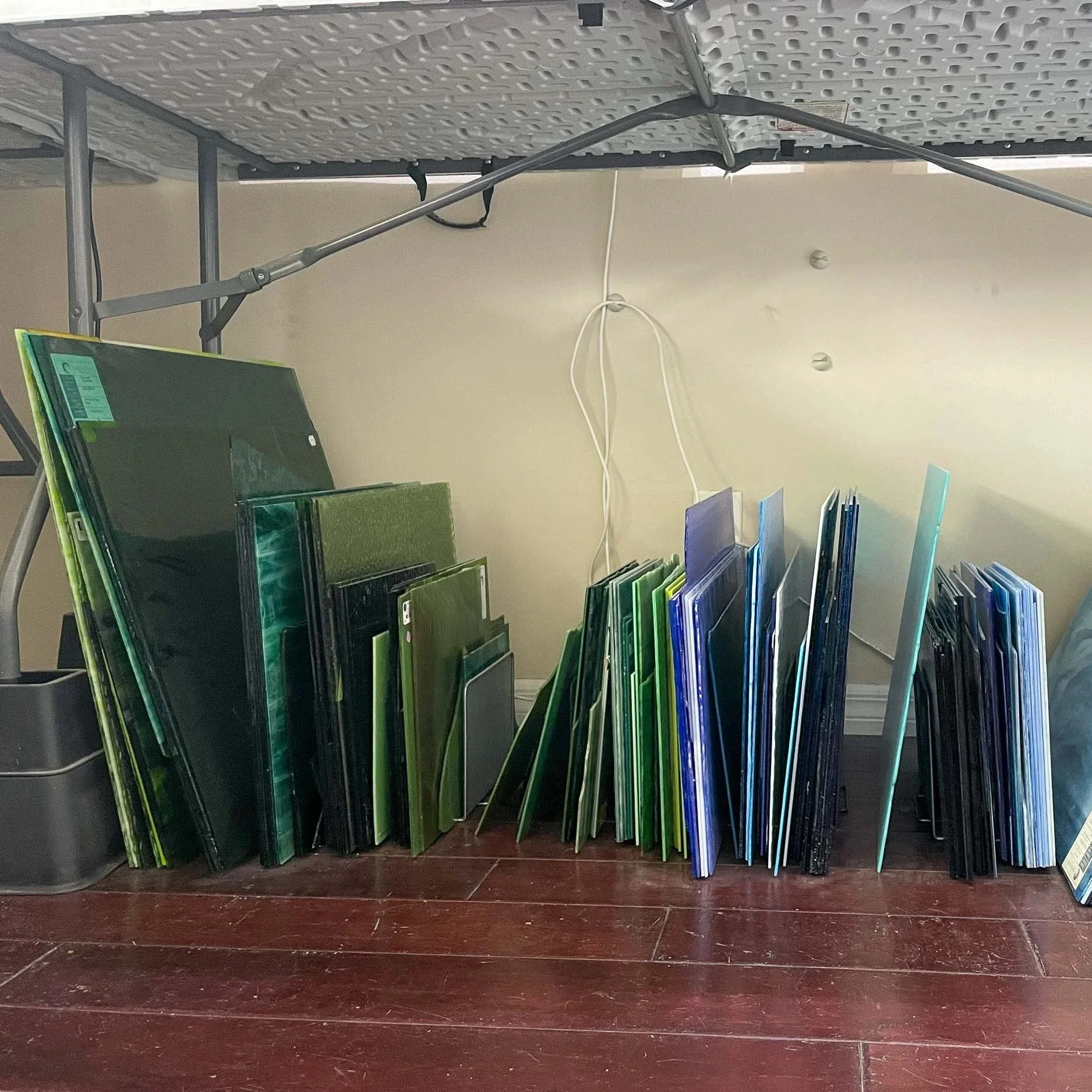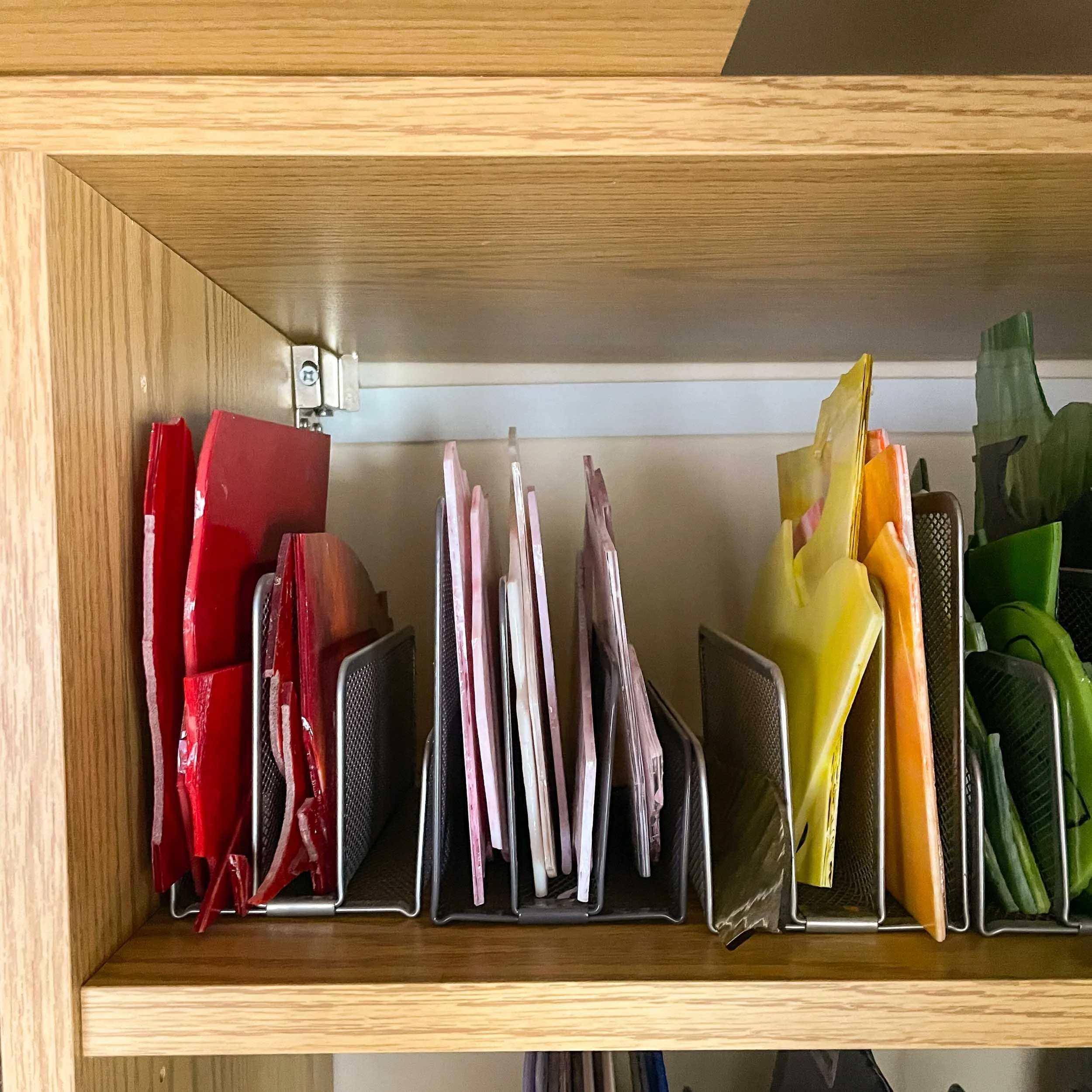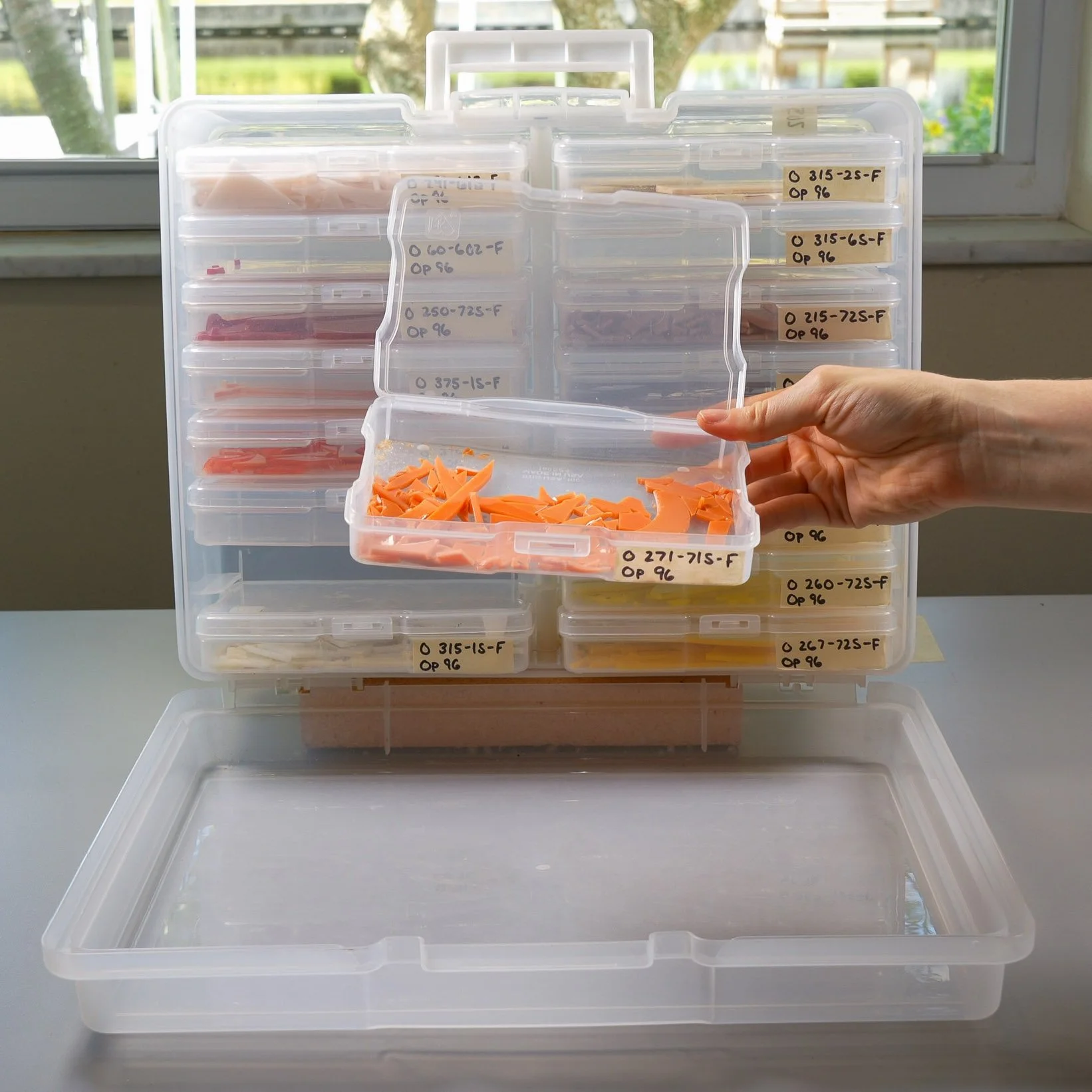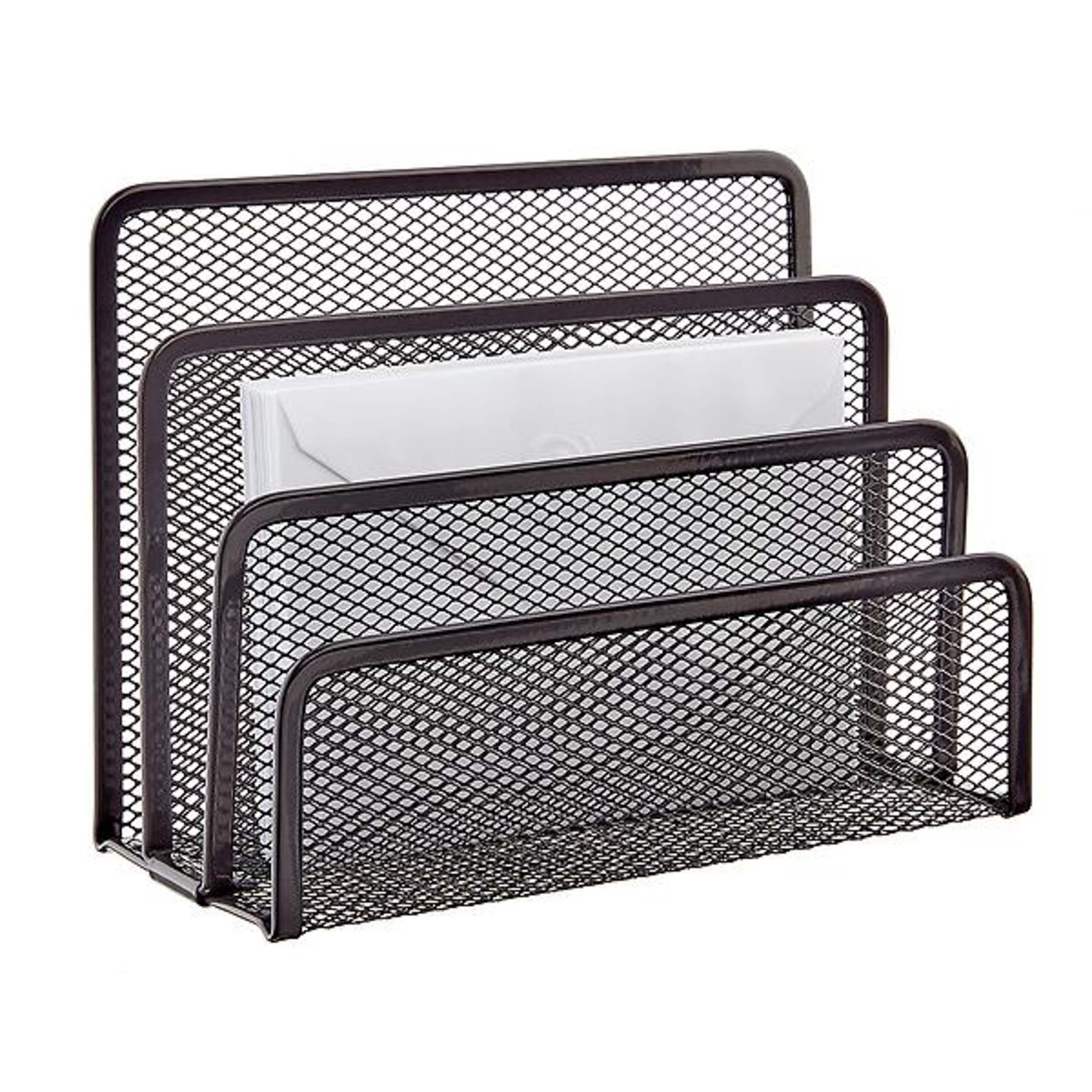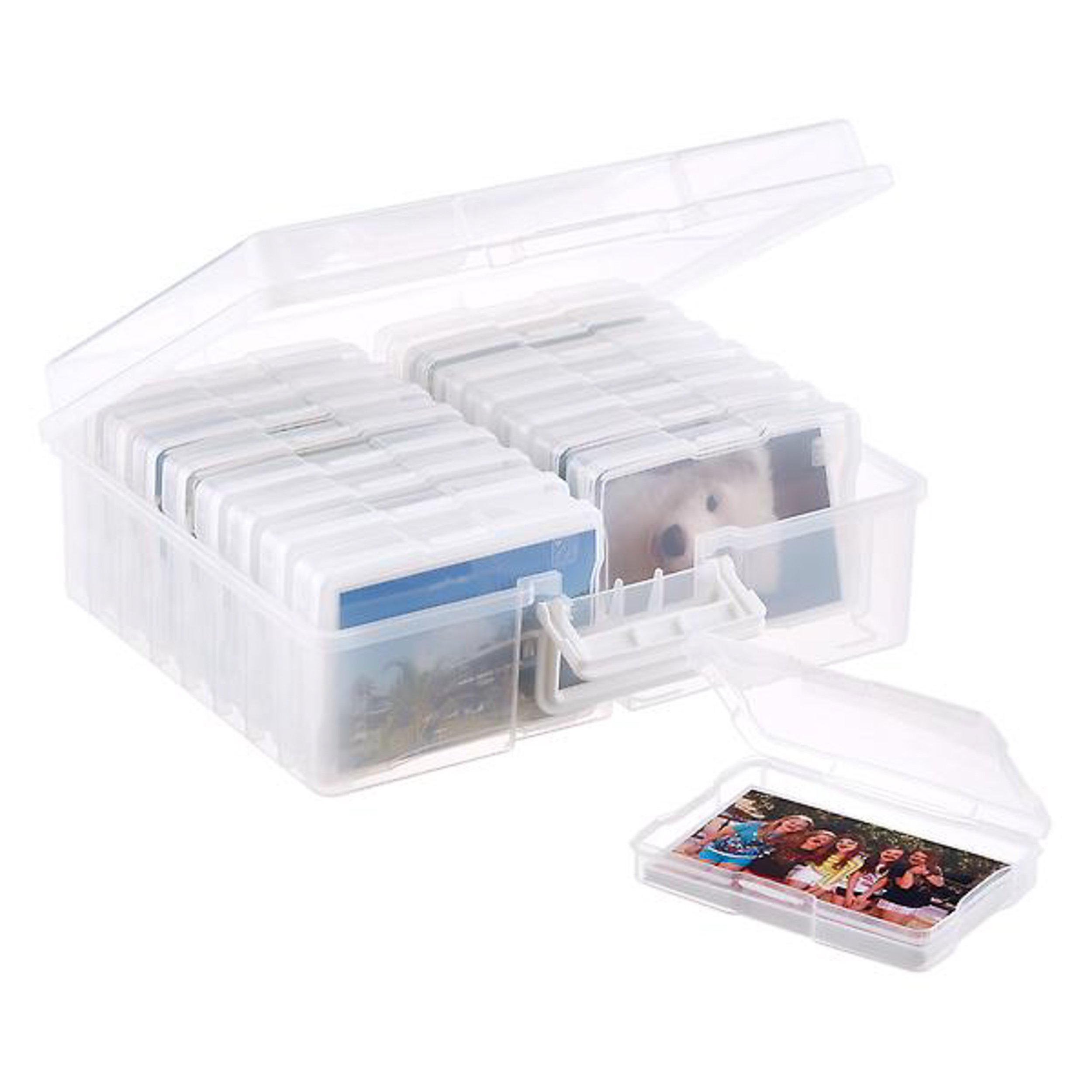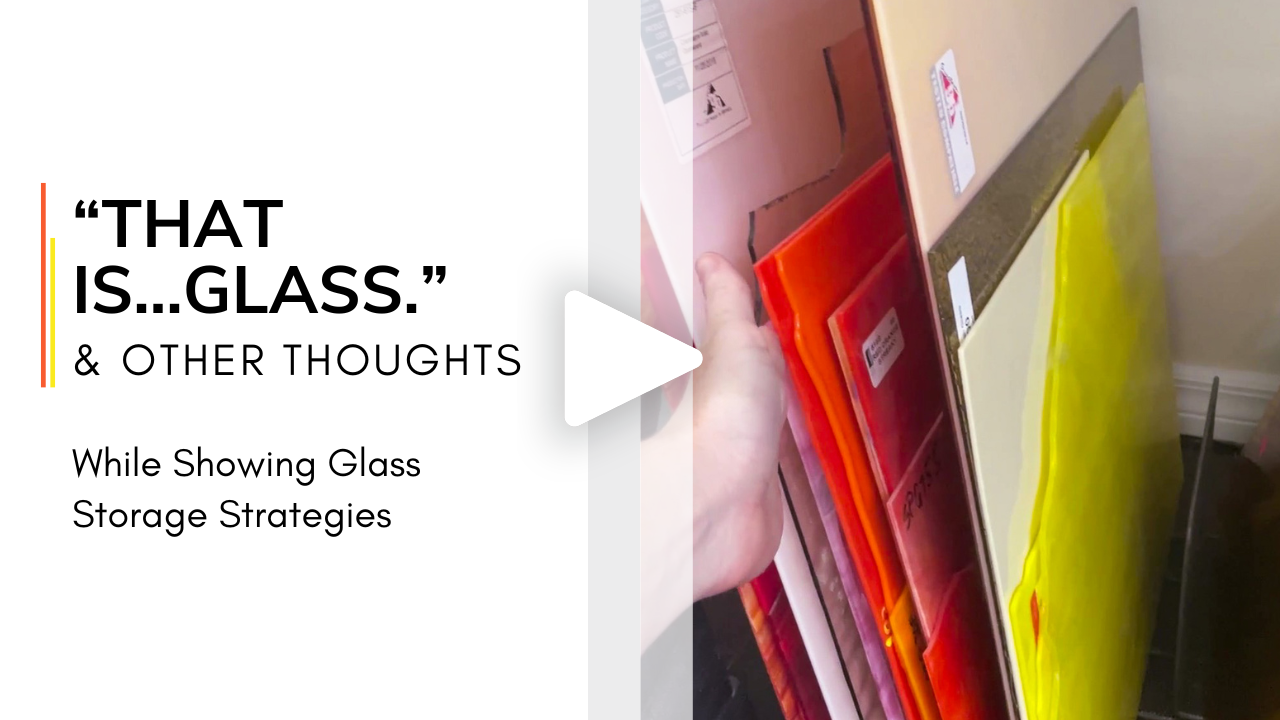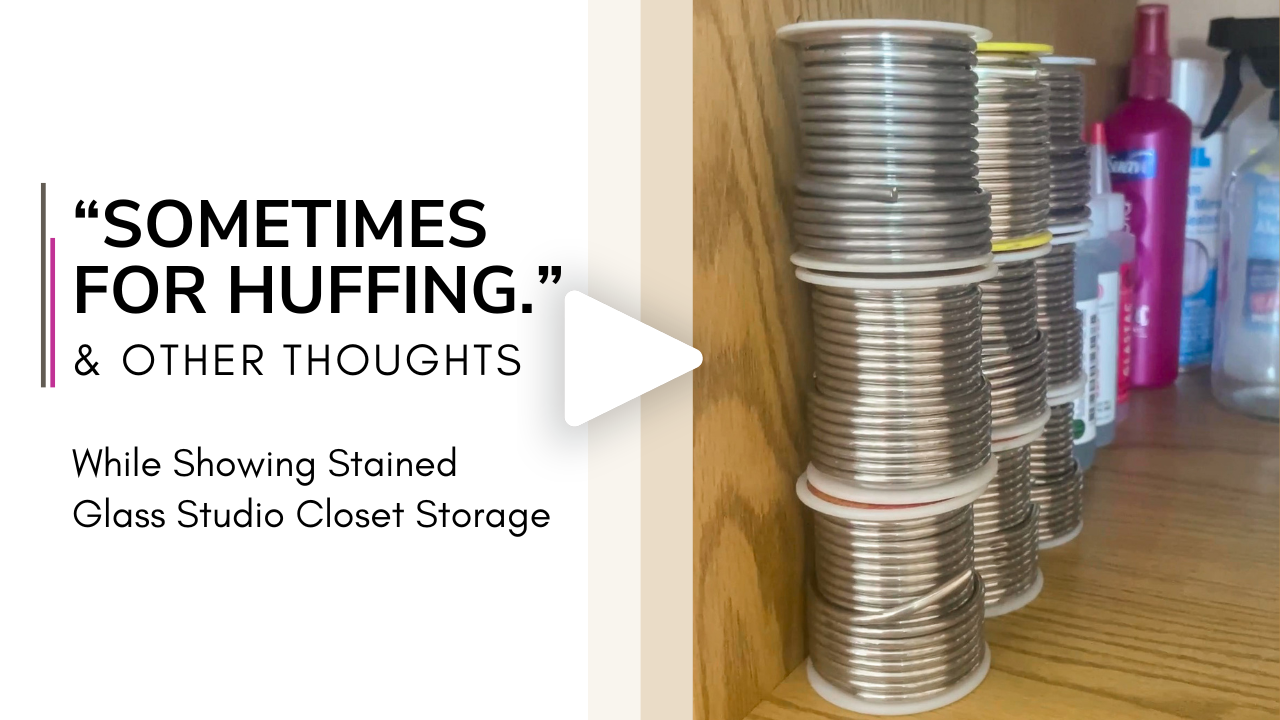Storing Stained Glass Sheets & Scraps
Key Products for Glass Storage
If you want to see exactly how I store glass in my small home studio, scroll down for an in-depth explanation; if you’re just here to quickly get an idea of some useful products to do so, see the links below!
Heavy-Duty File Organizers for large sheets
Mesh Letter Holders for small sheets
Photo Storage Carriers for scraps/frit
“Neat Freak”
…or as I prefer to call it, “organizationally gifted.” I’ve always been obsessed with streamlining and decluttering spaces. In fact, when I was little I was repeatedly chastised by friends’ parents after they’d come home to find that I’d completely reorganized their closets, desks, bookcases, etc. while they were out. Apparently, this isn’t a normal playdate activity and not everyone appreciates the gift of having all their clothes rearranged by color?? Strange.
So it’s no surprise that I’ve kept my glass studio meticulously organized from its inception. While some might scoff at the time put into maintaining such order, I can’t count how many times it’s turned out to be an absolute lifesaver. I organize lots of different things in lots of different ways, but this post focuses on how I store glass, since that’s the material all glassworkers have in common and often also the most unwieldy one to tackle.
Small Space Struggles
My spare bedroom glass studio (flatteringly shot with a wide-angle lens that makes it seem way larger than it actually is)
My “studio” is actually just a spare bedroom of our home, so it’s not overly spacious or decked out with custom-built glass storage shelves like many professional workshops. Although 12 square feet seemed roomy at first, it started to feel cramped after I accumulated multiple grinders, a ring saw, a kiln, and of course, dozens and dozens of glass sheets.
Since glass is my most consistently-accessed material, I prioritize space for it above all other supplies.
This means when I first setup my studio layout (and during the several times I’ve had to restructure it to fit my growing business/skillset), the glass is the first thing I designate space for and put away. Then I move to the next most-critical item, and continue down the priority line. I’ve found this strategy to be key to maximizing the efficiency of my small space since some items will inevitably need to be stored inconveniently in the backs of closets or on very high shelves (or even exiled to the garage, eek!), and it’s important that those end up being the things I use the least.
Storing Large Glass Sheets (∼20x20”)
I started out by leaning the entire stack of my largest sheets (which are 24x24”) flat against a wall, but once their number increased to more than just a handful, the weight put the backmost sheets in a precarious situation. It also prevented anything else from being positioned too near the stack, since I needed a lot of room to safely pull out one of the sheets when needed. The obvious best place to store them was underneath my work tables, but I needed to find something to keep them upright and separated under there.
Mesh Super Sorter from The Container Store
So I made a trip to The Container Store (a.k.a. The Organizer’s Mecca), and found these Mesh Super Sorters. Even though they’re surprisingly heavy, they’re not quite heavy enough to hold 24x24” sheets without worry of tipping. However, by positioning one underneath each end of my work tables and using the table legs as added support, they easily house all my largest sheets.
There are very similar organizers available on Amazon with additional color and size options.
My largest cool-colored glass sheets arranged in Super Sorters and stacked against either side of my work tables
My largest warm-colored glass sheets arranged in Super Sorters and stacked against either side of my work tables
Storing Medium-to-Small Glass Sheets (∼12x12”)
The same mesh Super Sorters I use for my largest sheets are even more ideal for medium-sized ones because they’re heavy enough to hold up to 80 12x12” 3mm glass sheets (wow! I’d never totaled that amount until just now) without needing a table leg for extra support.
Some of my medium-sized glass sheets arranged in a Super Sorter
My smallest glass sheets are kept in these Mesh Letter Holders also from The Container Store (similar ones available on Amazon), which are basically smaller versions of the file organizers mentioned above. They’re lighter though, so they’re not suitable for pieces much taller than their own height.
They’re perfect for misfit chunks that are too small to be sheets and too large be scraps.
Each Letter Holder can store up to 15 6x6” 3mm glass pieces.
Mesh Letter Holder from The Container Store
Some of my small-sized glass sheets arranged in Letter Holders
I’ve fit 4 Super Sorters and 11 Letter Holders in my studio closet, taking advantage of every possible inch.
The majority of my medium-to-small glass sheets stored in my studio closet
All of my stringers and noodles arranged in a Super Sorter
The large Super Sorters also make for decent stringer and noodle storage, as displayed on another one of my closet shelves.
Storing Glass Scraps & Frit
For a long time I was stymied by those teeny tiny scraps that seem too inconvenient to store at all. In fact, when I first started tinkering with glass I was tempted to toss them, but had a nagging feeling I could put them to use one day. It turns out this hunch was correct.
Even the smallest bit of frit can be a valuable part of a fused glass or mosaic project, and there are plenty of potential buyers for scrap on forums like eBay and Facebook marketplace.
The first way I tried organizing these itty bits was by keeping them separated in Ziploc bags, but their sharp edges kept poking through and painfully reminding me what an impractical solution that was.
I saw other artists using bins and buckets to store small scraps by color, but since I wanted to keep mine categorized by their individual type as opposed to their color family, that would require dozens and dozens of bins, which was again, rather impractical.
A pair of Mario-themed mosaic coasters I made from very tiny glass scraps, proving that they are indeed good for something
I knew if I wandered the aisles of my beloved Container Store aimlessly, I would eventually come upon some sort of a solution.
Sure enough, I stumbled upon these Photo Storage Carriers (also available slightly cheaper from Amazon), which could hardly be a more perfect answer.
(If you’re beginning to suspect that a Container Store rep is holding a gun to my head as I write this post and whispering menacingly that I’d better “mention the products or else,” I would completely understand.)
16-Compartment Photo Storage Carrier from The Container Store
Each carrier nests 16 smaller containers within it, which are just the right size for tiny scrap storage.
I label each nested container with the specific glass type it houses, and then also label the parent carrier with the range of glasses it contains so the contents are identifiable at a glance.
Several smaller containers nested inside the large Photo Storage Carrier
My smallest glass scraps stored in several Photo Storage Carriers
I store the parent carriers in order of manufacturer (Bullseye, Oceanside, Wissmach, etc.) and glass family (opalescent, streaky, translucent, etc.), which makes it a breeze to find the exact little nested container I need out of hundreds.
Small scrap & frit of a single glass type stored within a Photo Storage Carrier container
Now, before anyone emails this page to the FBI because this storage method makes them suspect I have a dementedly obsessive mind that should be kept on a watchlist, let me explain that keeping glass strictly organized by type is absolutely critical to glass fusing.
Each glass has a unique rate of expanding/contracting during the firing process (referred to as the C.O.E., or Coefficient of Expansion), and can only be fused to glasses of a compatible rate. Fusing incompatible glasses results in unstable pieces that are liable to crack or break, and should be avoided at all costs. Because of this risk, some artists choose to stock their studios only with glasses of the exact same C.O.E. (e.g. only glasses manufactured by Bullseye, or only glasses manufactured by Oceanside).
Since I buy from many different manufacturers, sorting scrap down to this level is worthwhile insurance against accidentally mixing C.O.E.s within my fusing projects (and you know what? I actually am a dementedly obsessive organization freak, and if you still feel like you have to tell the FBI about it, go ahead).
Is All That Organizing Worth It?
Um, if I could live in The Container Store, would I??? (this question is rhetorical, just like the former). Whether artists choose to organize their glass down to the same meticulous degree that I do, or if they’re satisfied keeping it in bins by general color isn’t of as much import as the fact that:
Some type of organization is helpful, and it’s best to implement that organization before a collection grows too large.
Personally, I’ve benefited immensely from organized glass storage by:
Being able to quickly grab a specific piece of glass mid-project without missing a beat. This saves a massive amount of frustration and time that would otherwise be spent sifting through jumbled rows of glass whilst muttering, “I know I put that sheet somewhere…”
No longer accidentally re-purchasing glass I already have. When glass sheets are kept in a confusing labyrinth, it’s easy to forget exactly what’s in there and end up wasting precious funds re-buying sheets you already own.
Suffering far fewer of the nicks and scratches that come with constantly handling glass sheets. I only have to move aside 1 or 2 glass sheets at most to get to the one I want, which provides much less opportunity for injury than when I had to move several at a time.
Video Demo of My Studio’s Glass Storage
Take a tour of my studio’s glass storage!
Related Thoughts
A friendly reminder that I share details of my creation processes with the intent of empowering people with knowledge and techniques that may help them reach their full creative potential, not with the intent of enabling other artists to recreate my pieces. All of my designs are protected by copyright and are illegal to reproduce, reuse, or republish without my permission under any circumstances.
